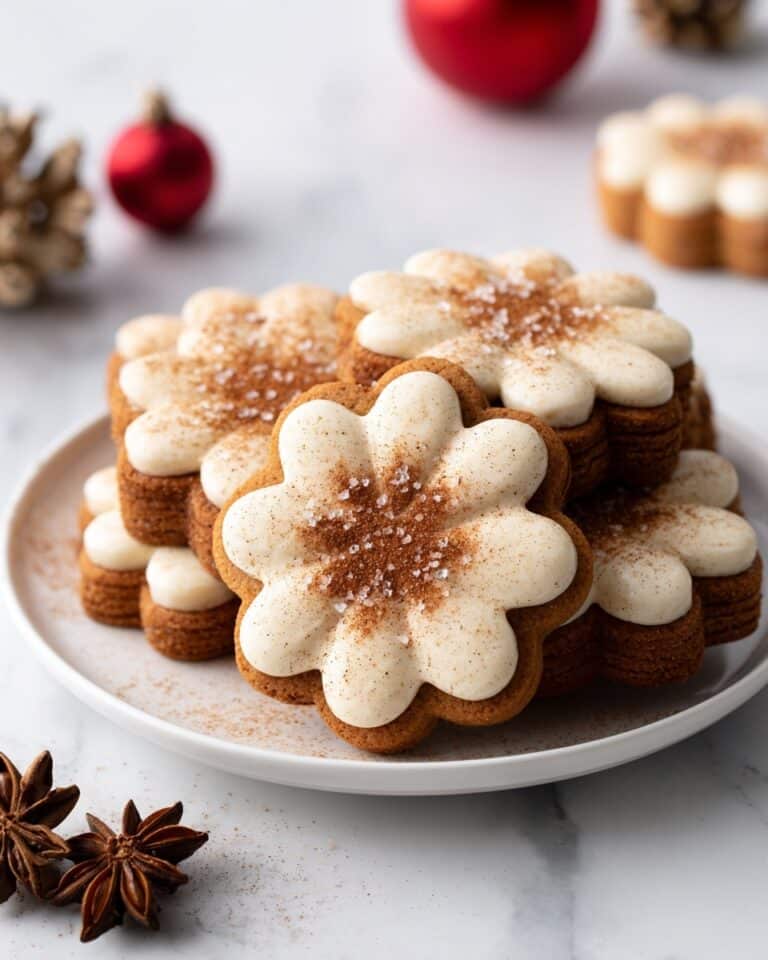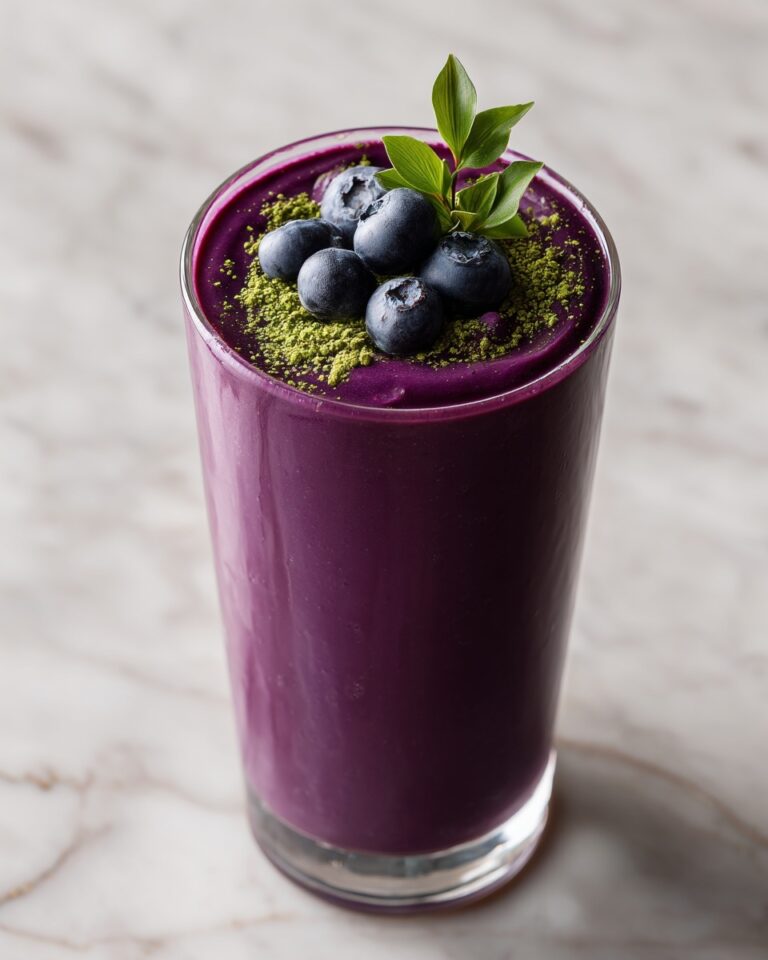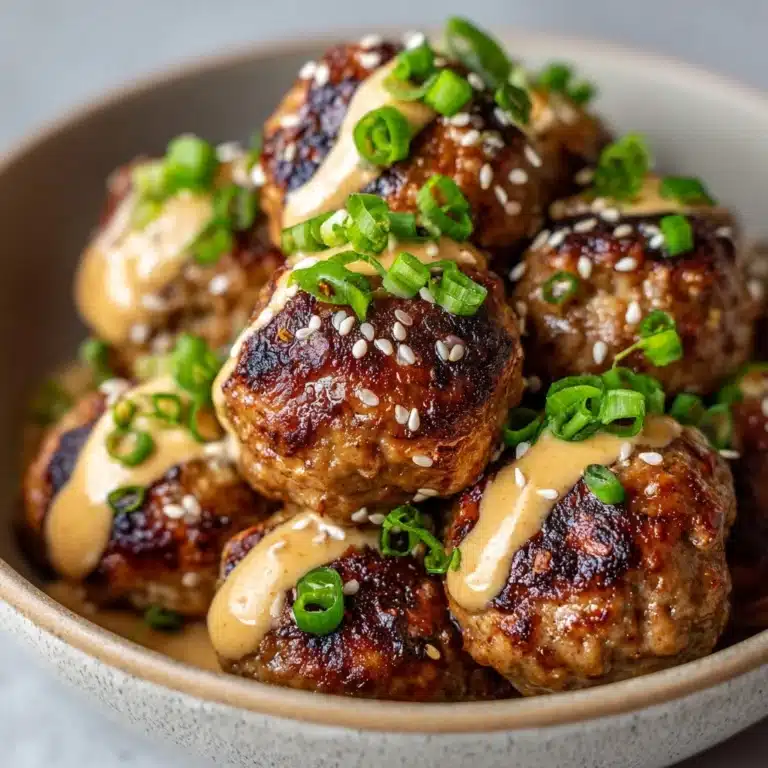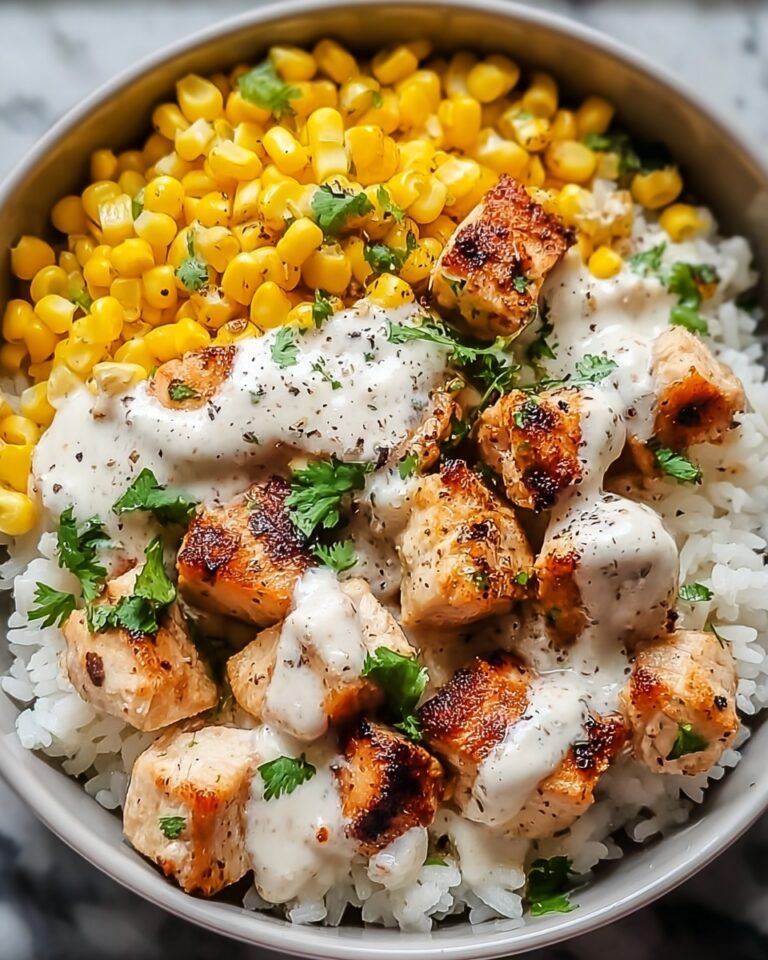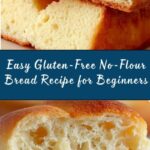No-Flour Almond and Flaxseed Bread Recipe
If you’re on the hunt for a wholesome, gluten-free alternative to traditional bread, this No-Flour Almond and Flaxseed Bread Recipe is going to become your new best friend. This bread is delightfully dense yet tender, packed with nutty flavors from almond meal and the subtle earthiness of ground flaxseed. It bakes up golden and crisp on the outside, with a moist, satisfying crumb inside, perfect for those who want to enjoy bread without the flour or gluten. The simplicity of this recipe means anyone can whip it up quickly, and the wholesome ingredients make it a nutritious choice that doesn’t compromise on taste or texture.
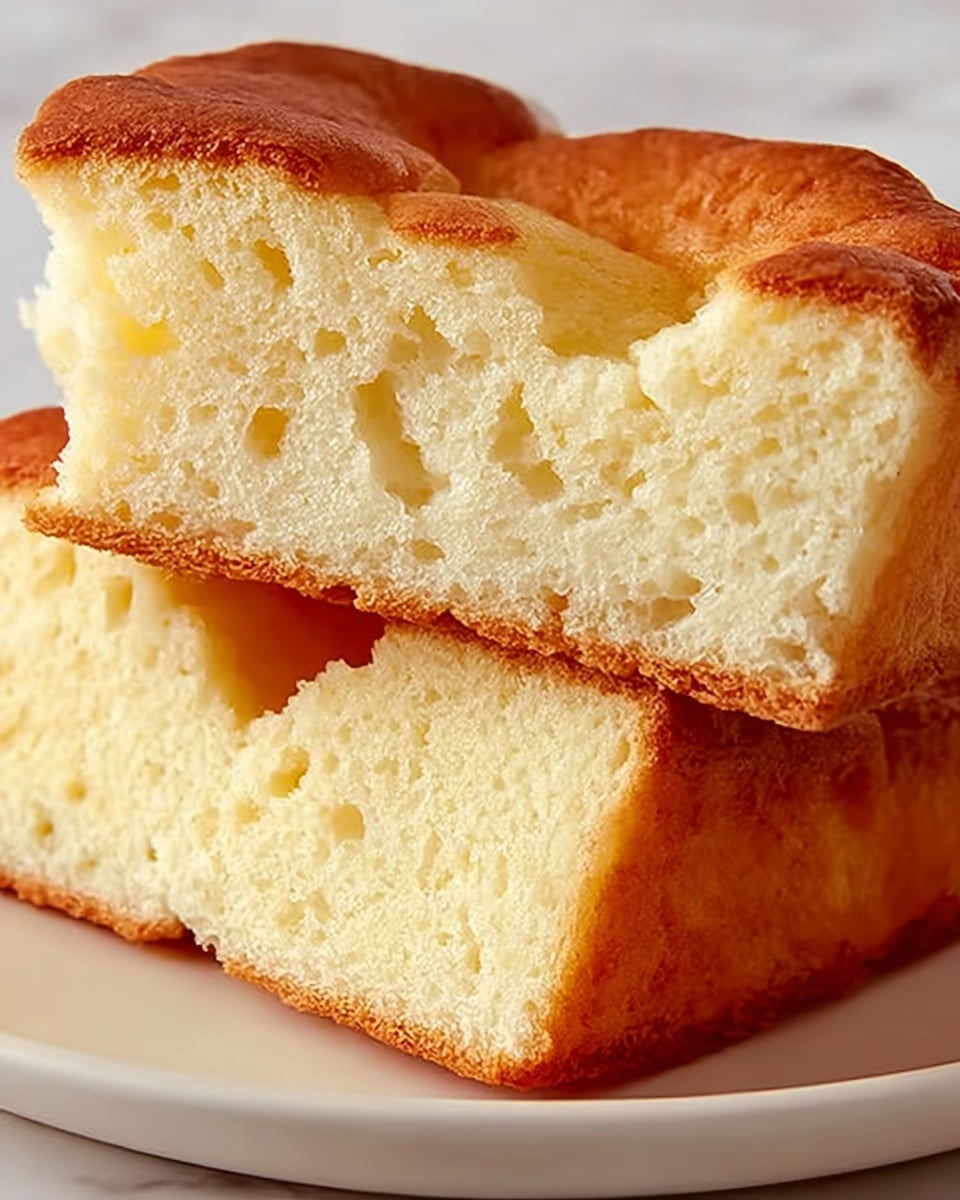
Ingredients You’ll Need
What makes this recipe so fantastic is that it calls for simple, natural ingredients that work beautifully together to create a flavorful, textured bread. Each item plays a key part, from the heartiness of almond meal to the moisture from eggs and olive oil, providing a balance that keeps this bread moist and satisfying.
- Almond meal: Provides a rich, nutty flavor and a tender crumb that’s naturally gluten-free.
- Ground flaxseed: Adds earthiness, fiber, and a subtle crunch while also acting as a binder.
- Baking powder: Helps the bread rise, giving it a light, fluffy texture.
- Salt: Enhances all the flavors and balances the sweetness.
- Cinnamon (optional): Offers a warm, aromatic touch that pairs beautifully with the almonds.
- Eggs: Provide structure and moisture, essential for holding everything together.
- Olive oil: Keeps the bread moist and adds a subtle fruity richness.
- Water: Helps create the right batter consistency for a perfect bake.
- Vanilla extract (optional): Adds a gentle sweetness and depth of flavor.
How to Make No-Flour Almond and Flaxseed Bread Recipe
Step 1: Prepare Your Oven and Pan
Begin by preheating your oven to 350°F (175°C). Greasing your loaf pan or lining it with parchment paper is crucial—it ensures your bread will come out cleanly and hold its shape perfectly after baking.
Step 2: Mix the Dry Ingredients
In a large bowl, combine the almond meal, ground flaxseed, baking powder, salt, and cinnamon if you’re using it. Mixing these well sets the foundation for the texture and flavor, blending all the dry goodness evenly throughout your bread.
Step 3: Whisk the Wet Ingredients
In a separate bowl, whisk together the eggs, olive oil, water, and vanilla extract if desired. This combination contributes moisture and richness, helping the bread stay tender while allowing it to rise beautifully.
Step 4: Combine Wet and Dry
Pour the wet ingredients into the bowl with the dry mix. Stir gently but thoroughly until you have a thick, smooth batter. This batter is thicker than typical bread dough, thanks to the absence of flour, so don’t worry if it looks a bit dense.
Step 5: Bake to Golden Perfection
Transfer the batter into your prepared loaf pan, smoothing the top gently with a spatula to ensure even baking. Bake in your preheated oven for 30-35 minutes until the bread is golden brown on top and a toothpick inserted into the center comes out clean.
Step 6: Cool Before Enjoying
Once the baking time is up, let your bread cool in the pan for about 5 minutes. Then, carefully transfer it to a wire rack to cool completely. This cooling period helps the texture set and prevents the bread from becoming crumbly when sliced.
How to Serve No-Flour Almond and Flaxseed Bread Recipe

Garnishes
This bread is lovely with simple toppings that complement its nutty flavor and texture. Try it toasted with a smear of creamy almond butter and a drizzle of honey, or freshly sliced with smashed avocado and a sprinkle of sea salt for a fresh, satisfying bite.
Side Dishes
Pair your No-Flour Almond and Flaxseed Bread Recipe with hearty soups and stews, or alongside a fresh vibrant salad for a balanced meal. Its rich texture stands up well to robust flavors, so don’t be shy about accompanying it with dishes like butternut squash soup or a roasted vegetable medley.
Creative Ways to Present
For brunch or a special occasion, serve this bread sliced thinly as a base for mini open-faced sandwiches topped with smoked salmon, cream cheese, and fresh herbs. You can also turn it into croutons by cubing and toasting slices, perfect for adding crunch to salads or soups.
Make Ahead and Storage
Storing Leftovers
Store leftover bread in an airtight container at room temperature for up to three days. Because this bread is naturally moist, keeping it sealed well will maintain its freshness and prevent it from drying out.
Freezing
This recipe freezes beautifully. Slice the bread before freezing and wrap the slices individually or in small stacks with plastic wrap and foil. This way, you can take out just what you need without thawing the whole loaf.
Reheating
When it’s time to enjoy, reheat slices in a toaster or oven for a few minutes to bring back the crisp crust and soften the interior. The warming process also enhances the nutty aroma that makes this bread so irresistible.
FAQs
Can I substitute the almond meal with another type of flour?
Almond meal is key to the flavor and texture of this bread, but if needed, you might try finely ground hazelnuts or pecans. Keep in mind that changes can affect both taste and moisture, so results may vary.
Is this bread suitable for those following a gluten-free diet?
Absolutely! This is a naturally gluten-free bread made without any wheat flour, making it a perfect choice for anyone avoiding gluten.
Can I add seeds or nuts for extra texture?
Definitely. Adding pumpkin seeds, sunflower seeds, or chopped nuts can give your bread an exciting crunch and additional nutrition without overpowering the flavor.
What is the best way to slice this bread?
The bread will slice more cleanly once it’s completely cool. Use a serrated bread knife and slice gently to avoid crumbling due to the dense texture.
Does this bread taste sweet?
Not overly so. The touch of cinnamon and vanilla adds mild sweetness, but the main flavor is nutty and earthy. It pairs well with both sweet and savory toppings, giving you lots of versatility.
Final Thoughts
Making this No-Flour Almond and Flaxseed Bread Recipe is an absolute joy, especially because it’s such a straightforward way to enjoy a wholesome and delicious bread alternative. Whether you’re gluten-free or just looking to try something new, this bread promises a unique, flavorful treat that nourishes as much as it satisfies. Give it a whirl—you just might find yourself reaching for it time and again!
Print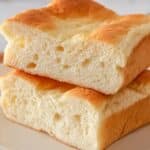
No-Flour Almond and Flaxseed Bread Recipe
- Total Time: 45 minutes
- Yield: 10 servings 1x
- Diet: Gluten Free
Description
This No-Flour Bread recipe offers a simple and delicious gluten-free alternative to traditional bread, utilizing almond meal and ground flaxseed for a nutritious, moist loaf. Perfect for those avoiding gluten or seeking a low-carb option, this bread is subtly flavored with cinnamon and vanilla for extra warmth and aroma.
Ingredients
Dry Ingredients
- 1/2 cup almond meal
- 1/2 cup ground flaxseed
- 1 tablespoon baking powder
- 1/2 teaspoon salt
- 1 teaspoon cinnamon (optional)
Wet Ingredients
- 4 large eggs
- 1/4 cup olive oil
- 1/4 cup water
- 1 teaspoon vanilla extract (optional)
Instructions
- Preheat Oven: Preheat your oven to 350°F (175°C). Prepare a loaf pan by greasing it or lining it with parchment paper to ensure easy removal of the bread after baking.
- Mix Dry Ingredients: In a large mixing bowl, combine the almond meal, ground flaxseed, baking powder, salt, and cinnamon if you are using it. Mix these dry ingredients until evenly incorporated.
- Whisk Wet Ingredients: In a separate bowl, whisk together the eggs, olive oil, water, and optional vanilla extract until the mixture is smooth and homogenous.
- Combine Wet and Dry: Pour the wet ingredients into the bowl with the dry ingredients. Stir thoroughly until the batter becomes thick and smooth, ensuring no lumps remain.
- Pour Batter and Smooth: Transfer the batter into the prepared loaf pan. Use a spatula to smooth out the top evenly for an even bake and attractive finish.
- Bake the Bread: Place the pan in the preheated oven and bake for 30 to 35 minutes. The bread is done when it turns golden brown on top and a toothpick inserted into the center comes out clean.
- Cool and Serve: Allow the bread to cool in the pan for about 5 minutes to set properly. Then transfer it to a wire rack to cool completely before slicing to maintain its texture.
Notes
- Optional cinnamon and vanilla add subtle flavor but can be omitted for a more neutral taste.
- This bread is best stored in an airtight container and can be refrigerated for up to 4 days.
- To keep it fresh longer, slice and freeze portions, then toast as needed.
- Using parchment paper helps prevent sticking and makes cleanup easier.
- If you desire a sweeter bread, consider adding a natural sweetener like honey or maple syrup, adjusting wet ingredients accordingly.
- Prep Time: 10 minutes
- Cook Time: 35 minutes
- Category: Bread
- Method: Baking
- Cuisine: Gluten-Free

